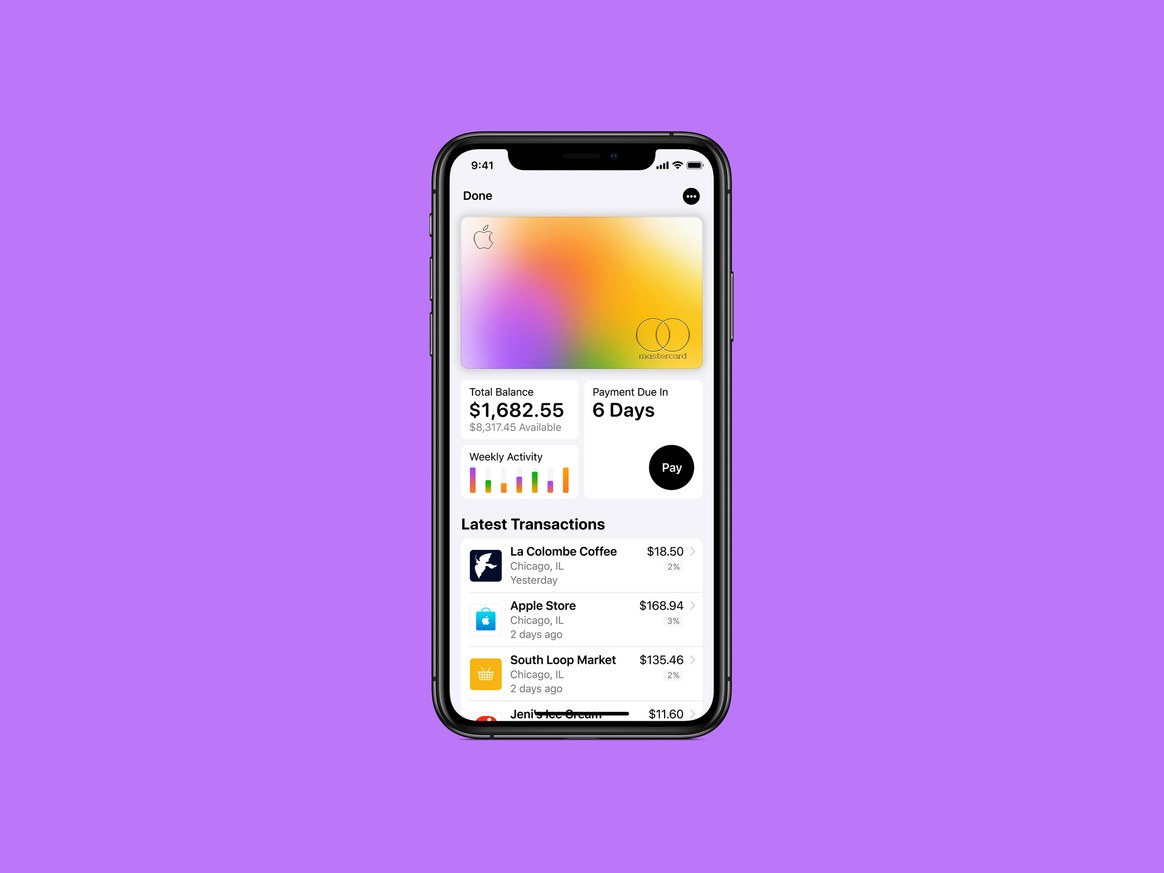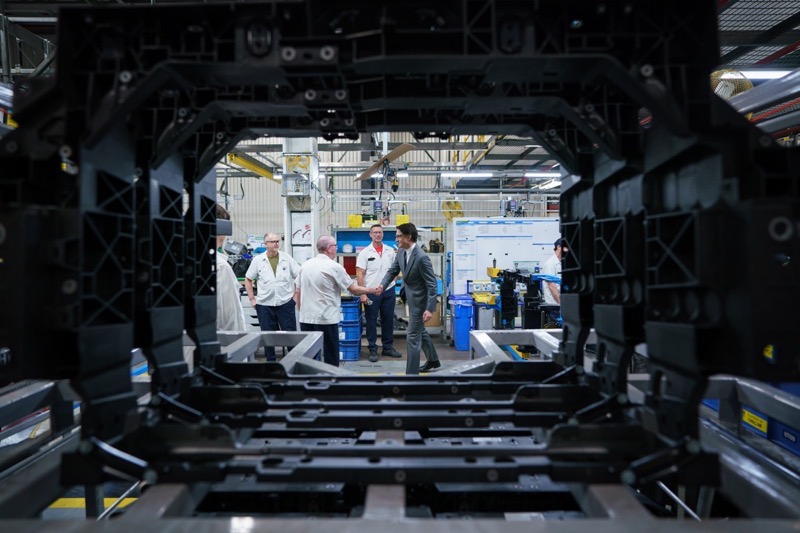With the Apple Card roll out in full swing this week, a lot of people have been applying to get Apple’s new credit card. Though some are being denied, many more are being approved, reads a new report from CNBC.

Per the report, Apple wants to make the Apple Card as accessible as the iPhone, so it nudged Goldman Sachs, the lender of the card, to approve a large majority of applications so as to be inclusive and provide a good user experience.
“The bank, which is in charge of deciding who gets the Apple Card, is accepting some applications from users with less-than-stellar credit scores, according to people with knowledge of the matter,” reads the report. “Goldman began to make the card available to some Apple customers this week ahead of a broader rollout later this month.”
While there is technically not a definition for a subprime borrower, it’s generally accepted that a FICO score under 660 falls under the title. The original report shares the story of one Apple Card applicant, Ed Oswald, who has a credit score around 620:
“I was absolutely shocked I got it,” Oswald said. “I have a lot of collections from two or three years ago when I was in a really rough spot. When I heard it was with Goldman Sachs, I figured they were going for the high-income set.”
Oswald said Goldman is giving him a relatively modest credit limit of $750. He said his interest rate on the Apple Card, at 23.99%, is “a lot lower” than his other cards.


